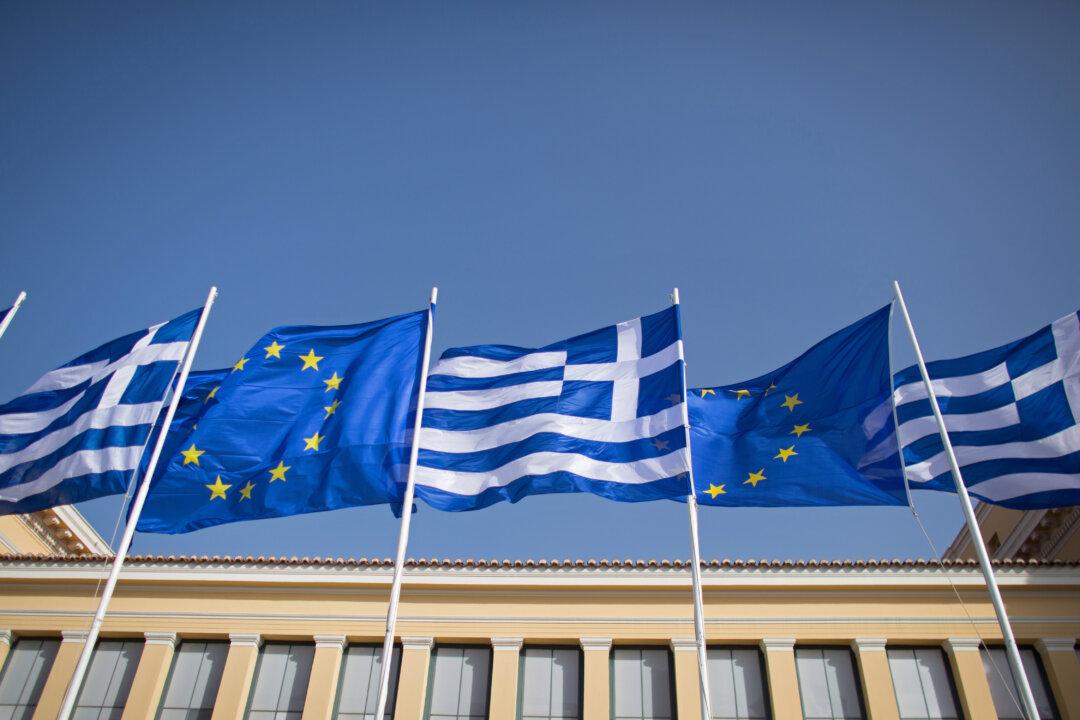The situation in Greece and Europe doesn’t exactly look pretty. Negotiation positions are entrenched, but more importantly, Greek banks are running out of money and there are rumors they won’t open on Monday.
“Regrettably, no discussion of our proposal took place within the Eurogroup. Even more regrettably, instead of that essential discussion, we observed pernicious ‘leaks’ to the press regarding Greece’s banking system,” Yanis Vanoufakis told Bloomberg
He is upset because rumors like that will only accelerate the bank run and make the occurrence of a bank holiday an actual reality.





